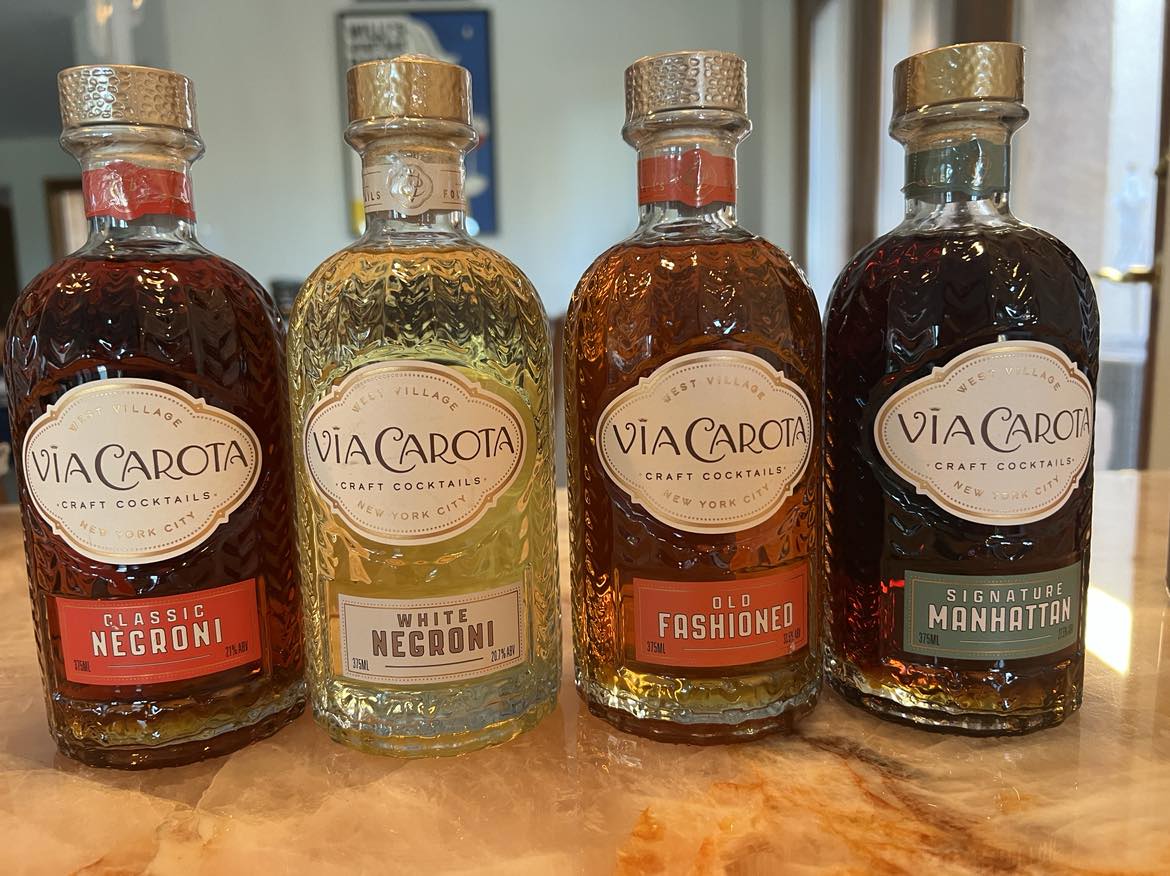
While flying to the East Coast on business this week, I read a commentary in Zymurgy Magazine (American Home Brewers Publication) titled, “Cheers for Session Beers.” Many of you may not know this, but I have been brewing beers well before my interest in wines. I love creating and developing beers that taste better than all of the available commercial beers.
A session beer is a beer that has a low alcohol content and is brewed to allow consumers to drink many without becoming intoxicated after only 1 or 2. Typically, session beers contain less than 5% ABV in the United States (US) and less than 4% ABV in the United Kingdom (UK). Examples of beers that are or have been brewed as session beers include English Milds, Kolsch, Pilsners, Schwarz Bier, etc. They are brewed with a fine balance between the malts that are used and the hops. They have a clean finish making it very easy to drink many during a session. I have made English Milds in the 3.0 – 3.5% ABV alcohol and have found them to be quite popular with my friends and colleagues. These beers are becoming rare as many brewers are pushing the alcohol limits. Even a good friend of mine from England says that he cannot find these low alcohol beers in his homeland like he use to. High alcohol appears to be what consumers are looking for. Go through the beers (Micro Brews and Commercial) at your local Bev Mo or liquor store and you will see what I mean.
What about wines? Table Wines in the United States must contain less than 14% + 1.5% ABV (12.5 – 15.5% ABV) but when we look at European wines their ABV is 8.5 – 14.0%. In places like Italy and France wine is served throughout the day, many times at each meal. Imagine if the wines were at 17% ABV there would be a tremendous effect on the work force.
Consumers are the primary reason on why the change is occurring in wines. Today’s wine drinkers are demanding intense heavily extracted flavors in their wines. This is obtained by harvesting the grapes later. This increases the intensity of the fruit flavors and provides more body to the wine, but it also increases the sugar content in the grapes. More sugar means more alcohol. Increased alcohol and glycerin’s make the wine thicker. If you swirl a wine with a high alcohol content in a glass, you will notice thick clear streams flowing down the glass. These are referred to as “legs”. The presence of legs are very desirable in a wine.
Harvesting the grapes later in the season has been made possible due to major advancements in viticulture over the years. This has removed the risk from the wineries that once existed for late harvesting. Another cause of high alcohol is climate. Warmer climates like Australia, New Zealand and California produce higher sugar content in grapes than cooler regions like France.
So are the alcohol content changes in wine and beers synonymous with one another? Are the consumers searching for the Holy Grail with the highest alcohol content? I personally drink beer and wines for enjoyment. What I mean by this is that I love unique products that have a well balanced flavor profile and provides my palate with something that is phenomenal. I DO NOT DRINK FOR EFFECT. I have sat and listened to many of my Grape of the Night members sample a wine and say that it has a very high alcohol content. Is this what we are looking for? Do we want the fruits and nose of a wine to be buried behind a high alcohol content? To me this detracts from the beauty of wines by masking the underlying beauty of the fruit and structure of the wine. What do you think? Should we as consumers start a movement to bring back more of the Session Beers or French/Italian wines or is the high alcohol what we want?
Cheers,
Rusty Sly









